A holistic water & wastewater management approach is imperative
By Edit Team | September 11, 2021 10:26 am SHARE
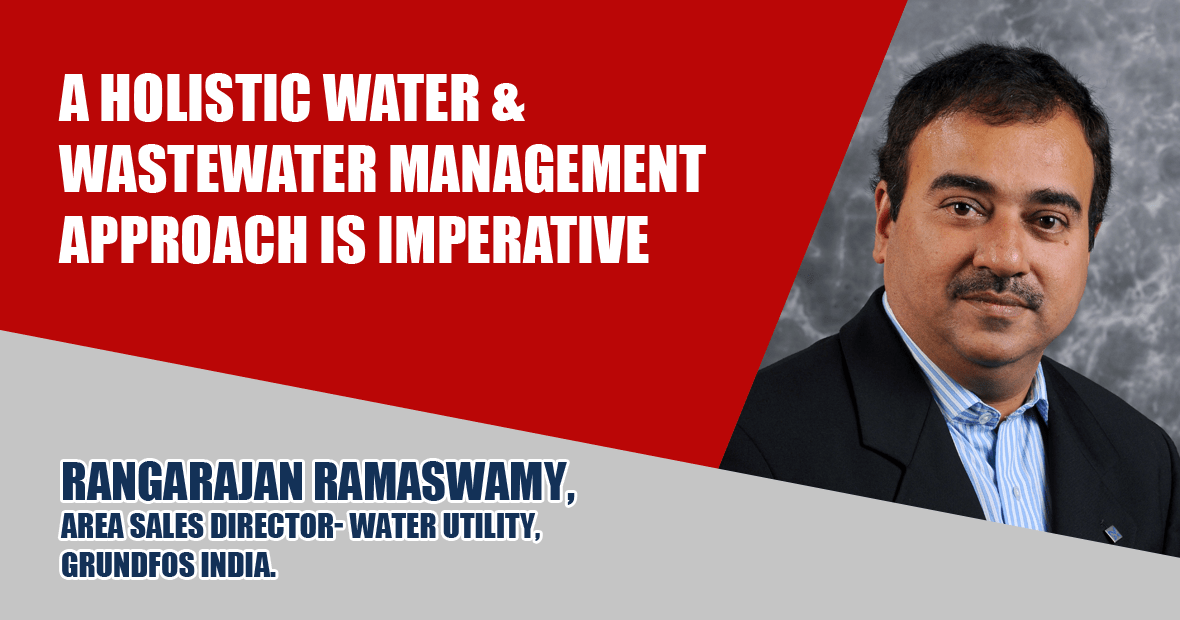
The right approach going forward should be through four Rs: Reduce, Recycle, Reuse and Recharge, says Rangarajan Ramaswamy, Area Sales Director- Water Utility, Grundfos India.
How is the water & wastewater infrastructure and systems evolving in India? Which segments drive the demand for these pumps?
India is a water-stressed country. In response to this, a holistic water and wastewater management approach is imperative, both to address and redress the situation before it snowballs into a very serious water crisis.
There have been multifarious scientific and coherent interventions, which when cohesively and collaboratively implemented with the help of state and local bodies can eventually lead to desired results in ensuring adequate water access to every Indian for various meaningful purposes.
Holistic water and wastewater management practice will become a revolution and a paradigm going forward in the country. The right approach would be through following the four Rs: Reduce, Recycle, Reuse and Recharge.
The country’s water concerns are well recognised by the Government of India. The government has embarked upon some flagship programs such as the Jal Jeevan Mission, which aims at a $50 billion investment to ensure water supply across India. The Namami Gange Programme aims at abating the pollution of River Ganga and rejuvenating it. The government is also looking to support one of the most water consuming sectors, agriculture. Through initiatives such as PM KUSUM and PM KSY to transform the irrigation sector with solar power and drip irrigation.
What are the latest pumping solutions and applications in the water & wastewater sector?
There are three broad segments when it comes to pumping solutions, i.e. irrigation, water supply and wastewater management. In the irrigation sector, the latest solution is solar pumping, which is being heavily implemented in projects like the PM KUSUM scheme. The advent of solar-powered pumps has become a boon to address the agrarian distress by providing appropriate water quantum to meet the irrigation needs of the farmers. It also concurrently supports the government’s push for mitigating climate change impact.
Another application that is slowly catching up is the universal solar pump controller which is a fairly new entrant in the solar arena. This is contributing to efficiently utilising the solar power that is harnessed. In the water supply sector, the Government of India is looking at 24/7 water supply in the urban cities.
Additionally, remote monitoring has become a norm in the irrigation industry. All the data or the faults are captured to ensure that the problems with the pumps are addressed with agility and the system uptime is maintained high.
In terms of water supply, the Jal Jeevan Mission is embracing solar pumps. Eight states in India, some of which are Uttar Pradesh, Rajasthan, Madhya Pradesh, Assam, Mizoram, Himachal Pradesh, have rolled out this program. Right from intake to distribution of water, the usage of pressure boosting systems and a control automation process called SCADA systems (supervisory control and data acquisition) would make water supply and monitoring easily achieved. This also supports the government’s vision to Digital India.
From a storm water handling perspective, Grundfos is looking at the implementation of flood control mechanisms using gate pumping technology and control automation.
In the wastewater sector, the SmartTrim impeller adjustment feature in some of the sewage pumps lets you maintain the factory-set impeller clearance at all times simply by tightening the adjustment screws on the exterior of the pump housing. This can be done on-site without dismantling the pump. The SmartTrim feature helps maintain peak performance.
What are the upcoming technologies in water pumps and sewage pumps?
Grundfos has already introduced systems such as AQPure and AQtap for dispensing water using smart cards. They help in treating the surface water which the government is trying to promote via rejuvenating water bodies. AQPure has already been accredited as an innovative technology by the Jal shakti Ministry for deployment in Jal Jeevan Mission program.
Another innovative technology is the Prefabricated Pumping Station. It is an interesting technology from Grundfos that is used to aggregate the wastewater in various rural communities and pump it to a centralised sewage treatment plant. The treated water from the STP’s can be used for multiple use purposes such as irrigation, water closets for flushing and any non-contact purposes. Grundfos has already deployed 4 such systems in the state of Maharashtra and Maldives.
Demand Driven Distribution (DDD) is another technology that Grundfos is trying to deploy. This technology ensures proportional pressure and demand-based water supply in the urban conglomerates. The DDD controller identifies the pressure required at different critical points and sets the pump speed accordingly. Based on the demand, the number of pumps required to operate and at what speed, flow and pressure are defined by the controller. It is based on the concept of artificial intelligence that is embedded in the controller, which helps in providing the right quantum of water at the desired pressure. This also reduces the stress /wear & tear of the pipes, ensuring the longevity of the pipes and reducing water leakages. This technology is also a prime example in addressing the problem of non-revenue water.
SCADA based control automation for the water supply schemes will be another area where Grundfos is exploring opportunities to support schemes like JJM to make it effective and successful.
How is the technology evolving in pumps? What are the green technologies used in pumps?
Solar pumps with Smart Controllers are the new technology. Looking at the PM KUSUM initiative, the three components have elements of solar power utilisation. Component B talks about solar pumping solutions and Component C is a solar pumping solution with evacuating excess power to the grid so that the farmer earns money, in turn supporting the government’s goals of doubling farmers income in the process.
The universal solar pump controller contributes by putting the entirety of solar power that is harnessed to good use. It not only powers the solar pump but also powers other pieces of farm equipment when the solar pump is not in use. Thus, the power can be utilised for other farm equipment, one at a time as the loads are unbalanced.
Embracing circular economy concepts when designing and developing pumping solutions is another aspect that is evolving.
Cookie Consent
We use cookies to personalize your experience. By continuing to visit this website you agree to our Terms & Conditions, Privacy Policy and Cookie Policy.




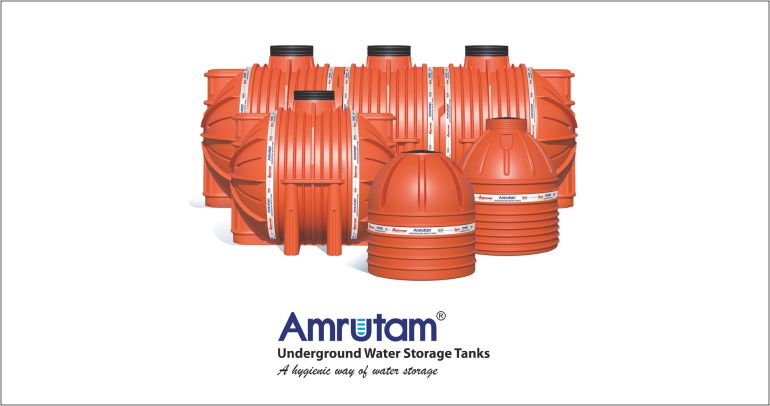

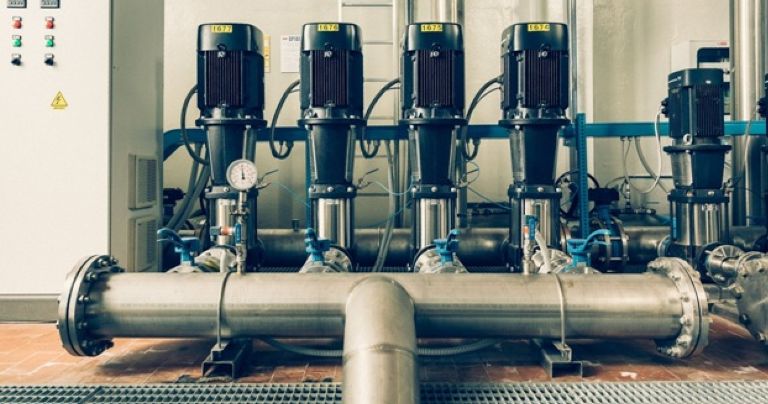
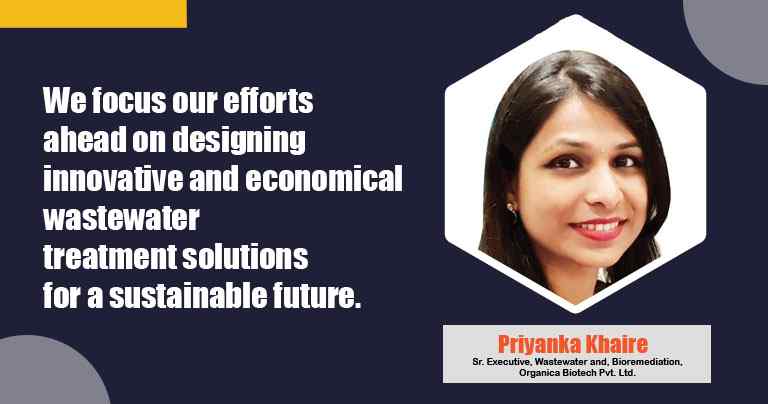
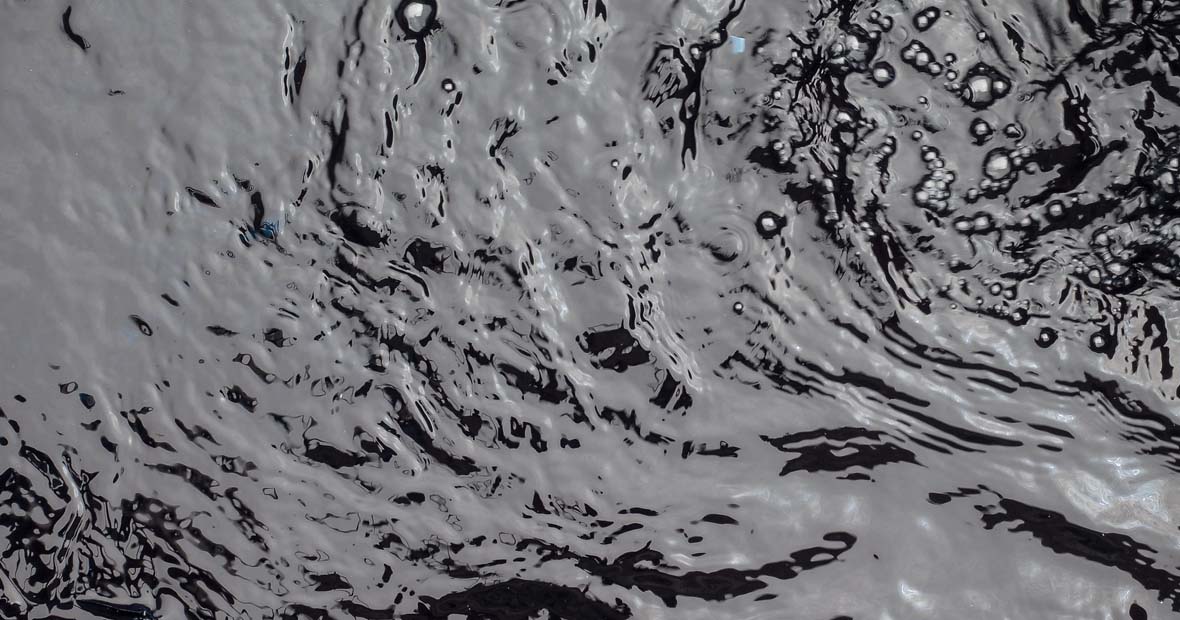



























-20240213125207.png)

























